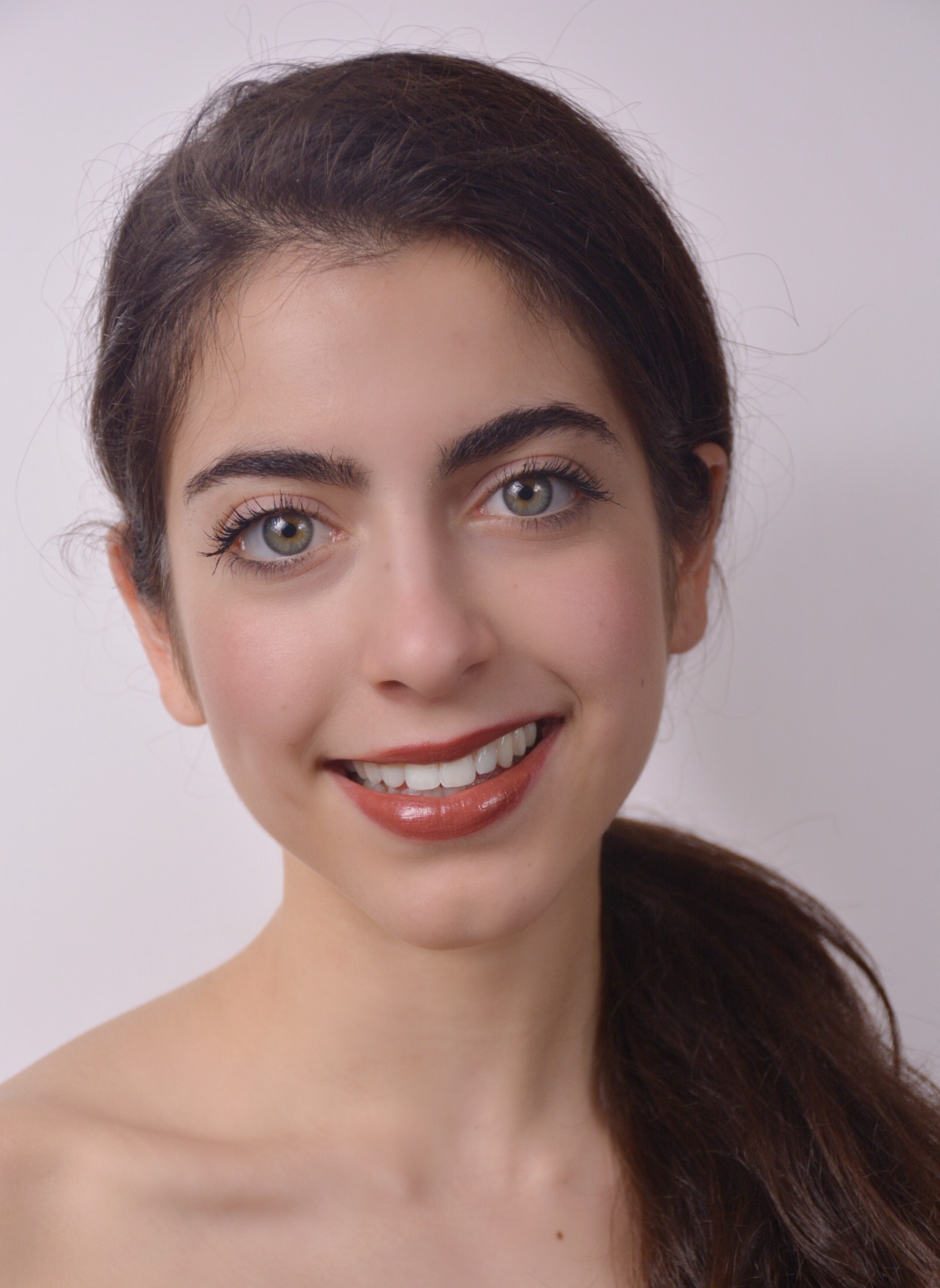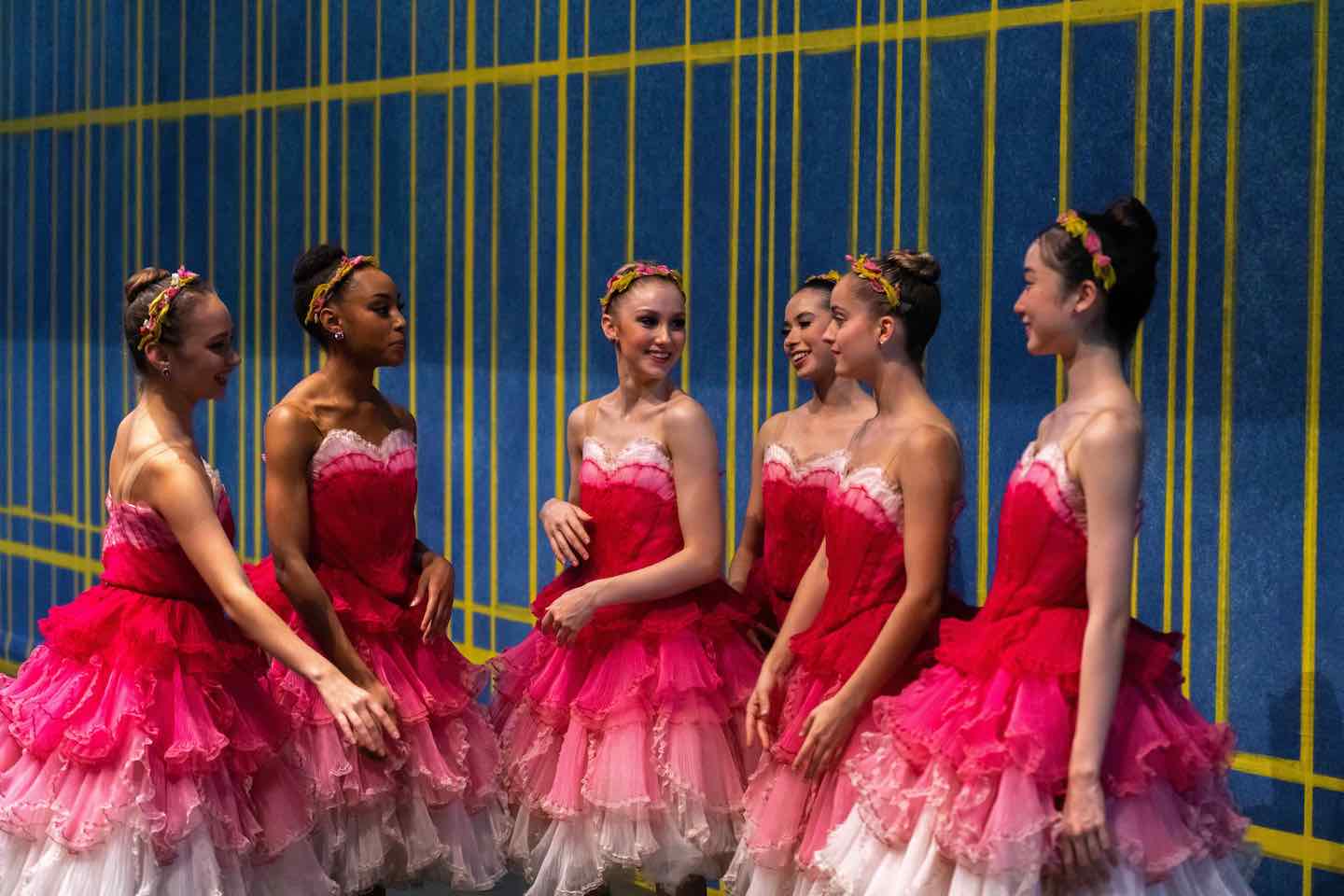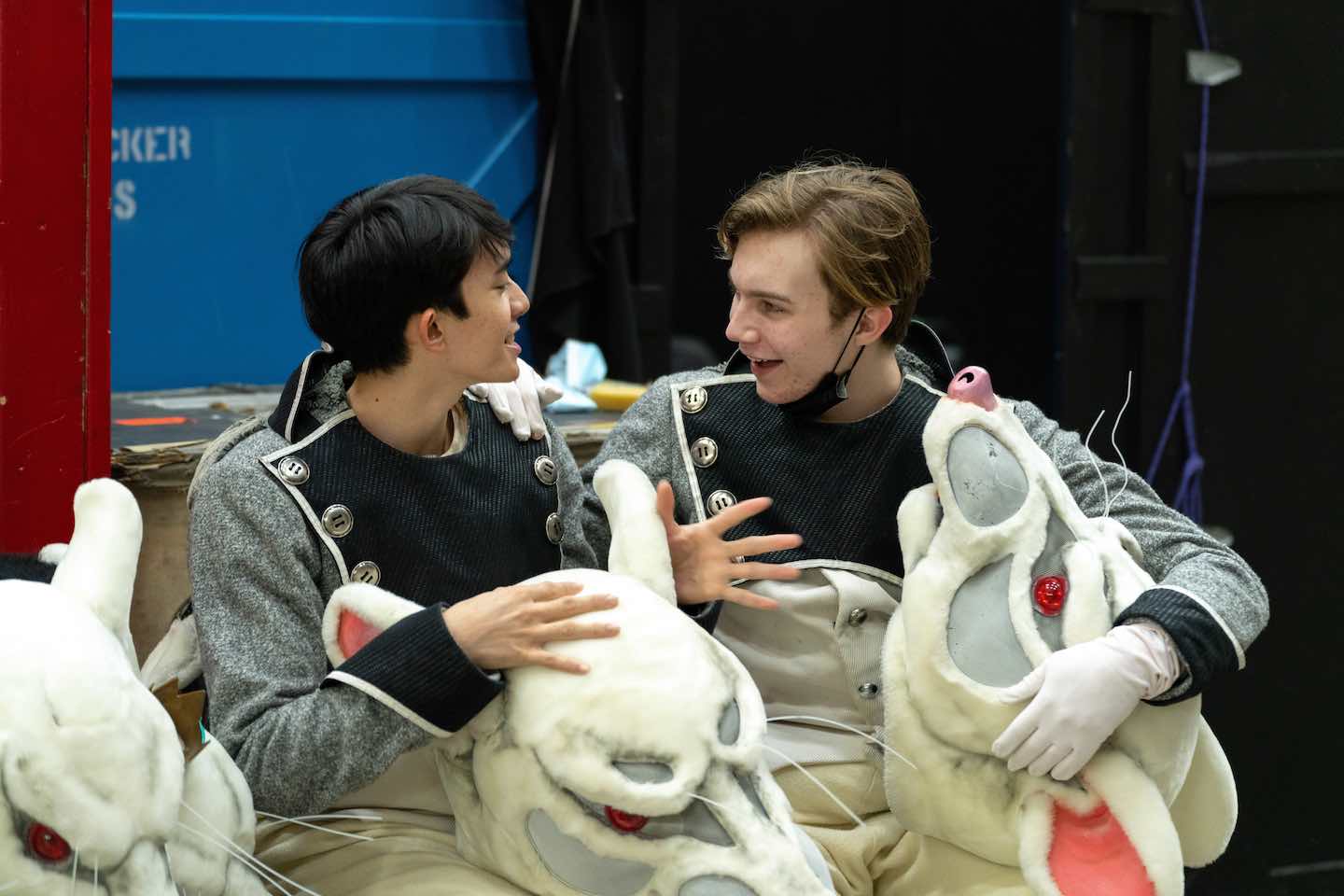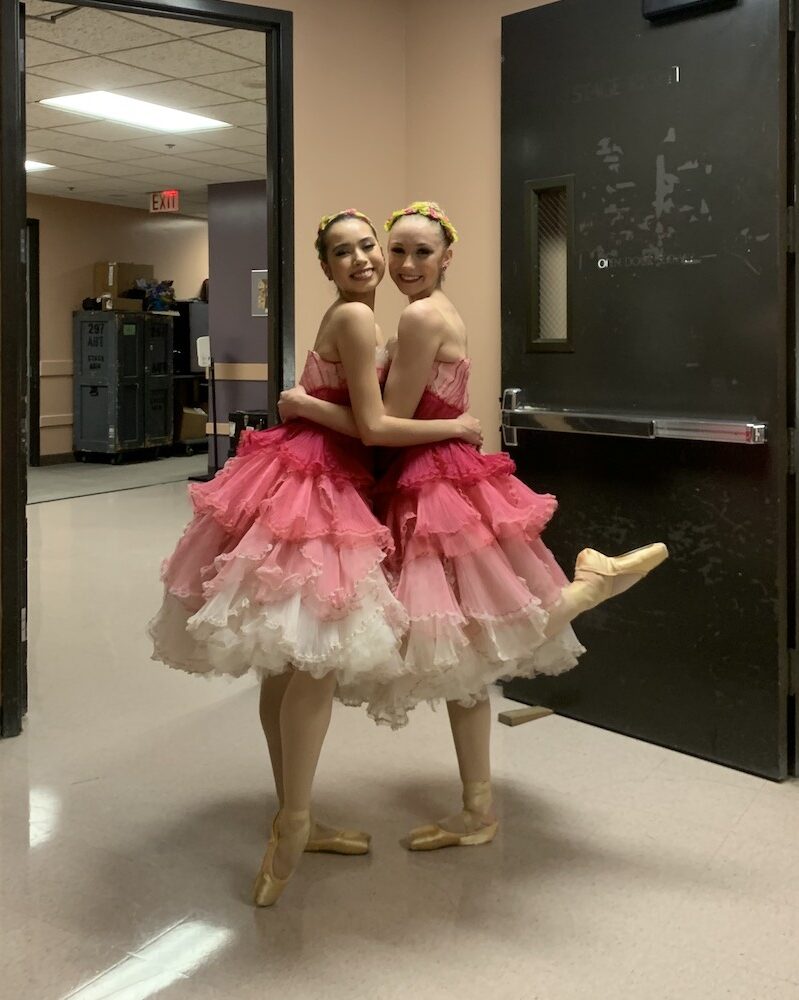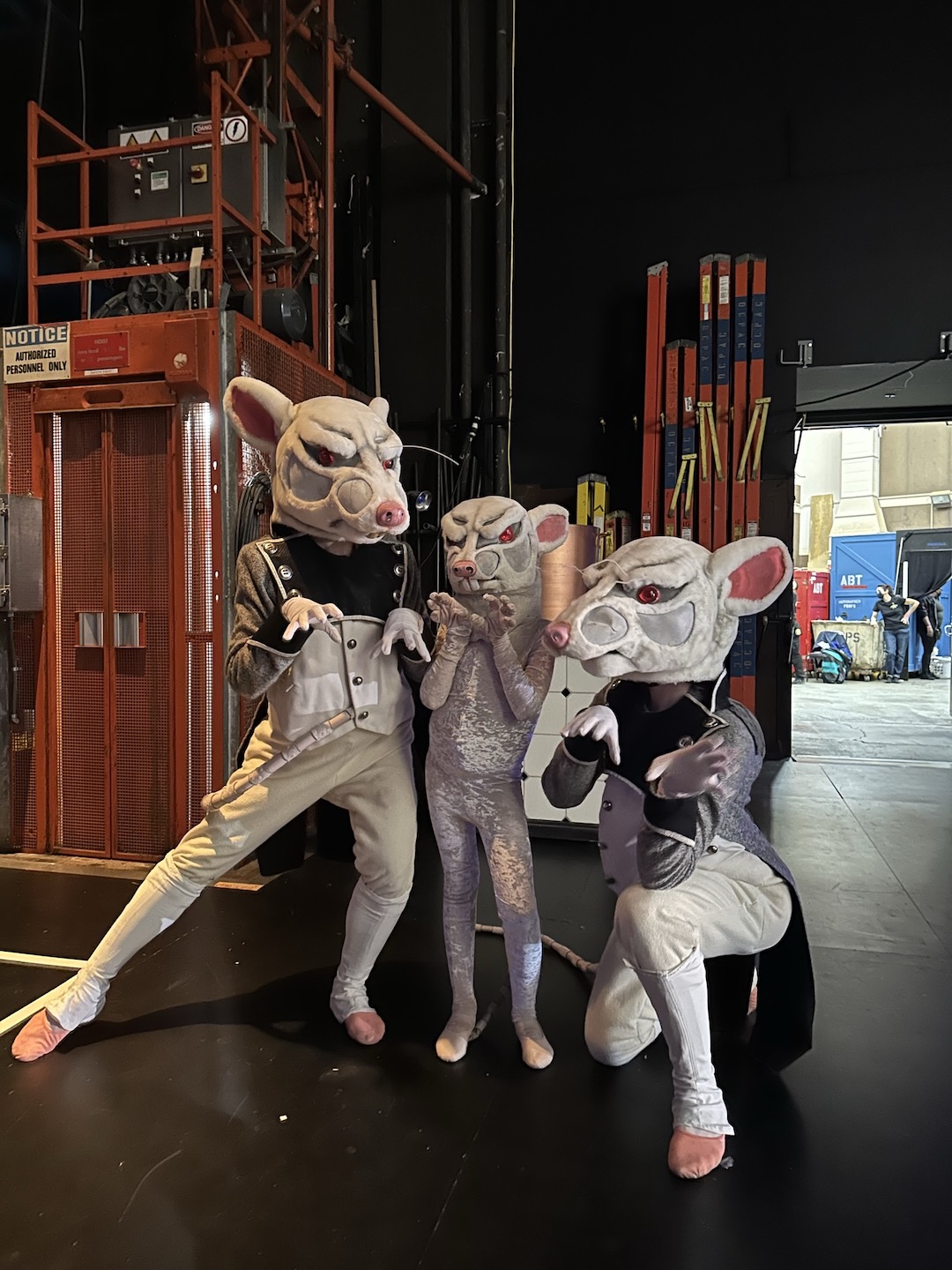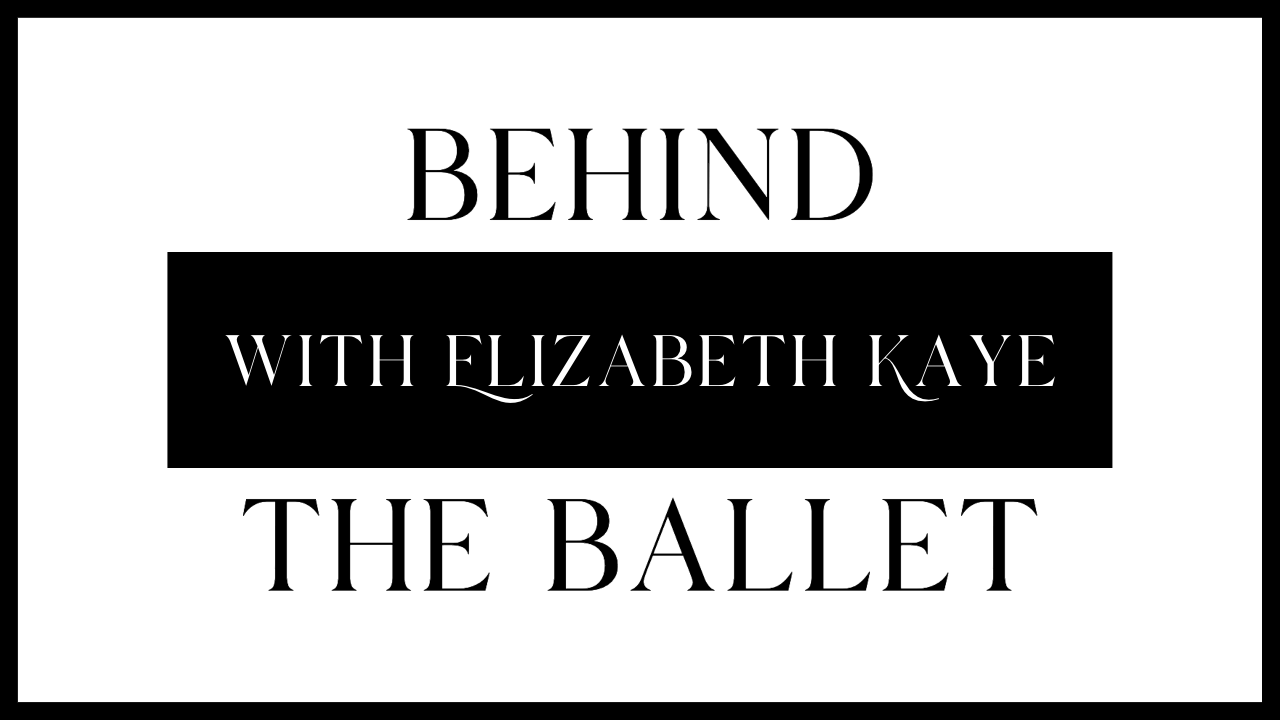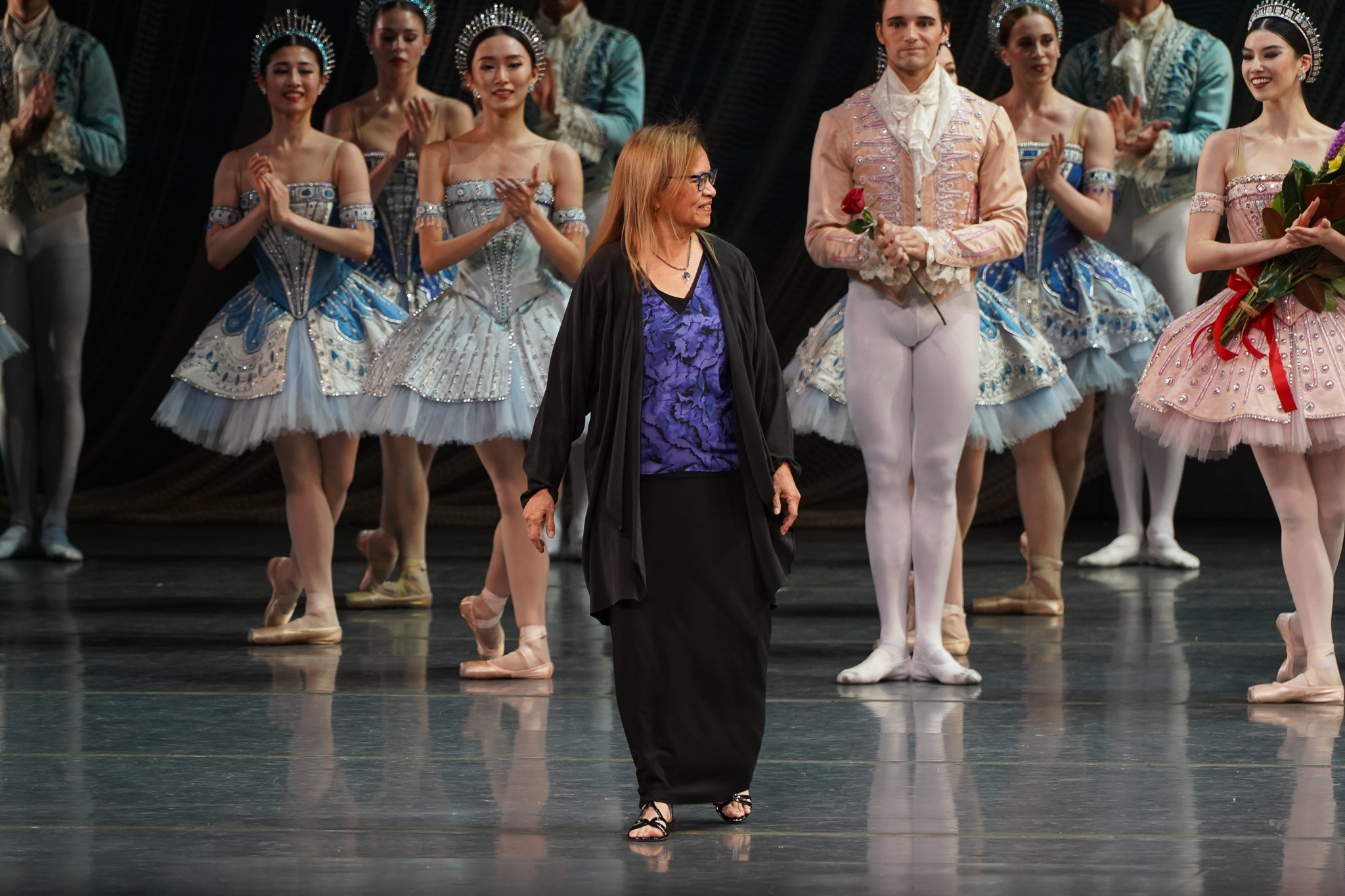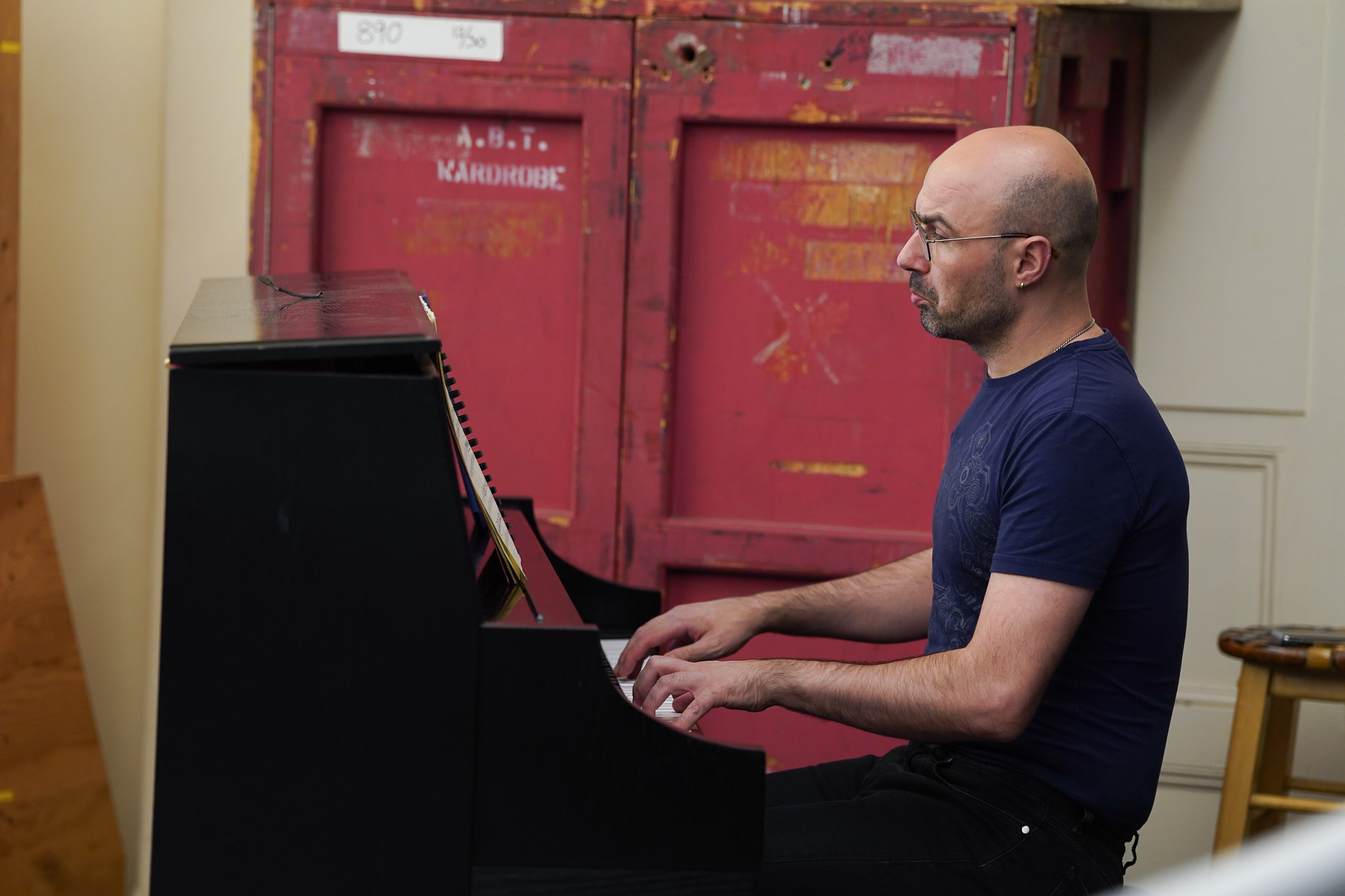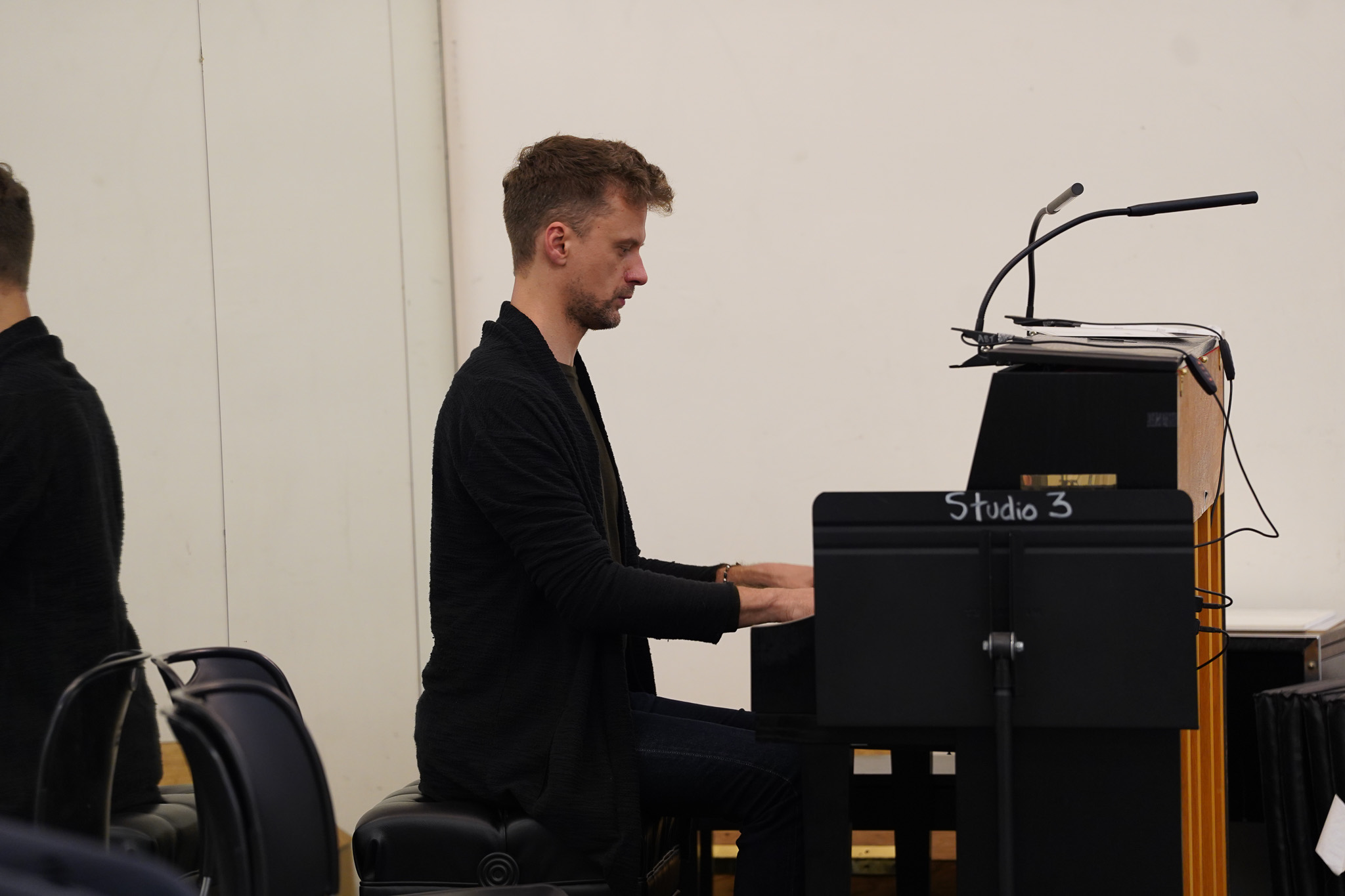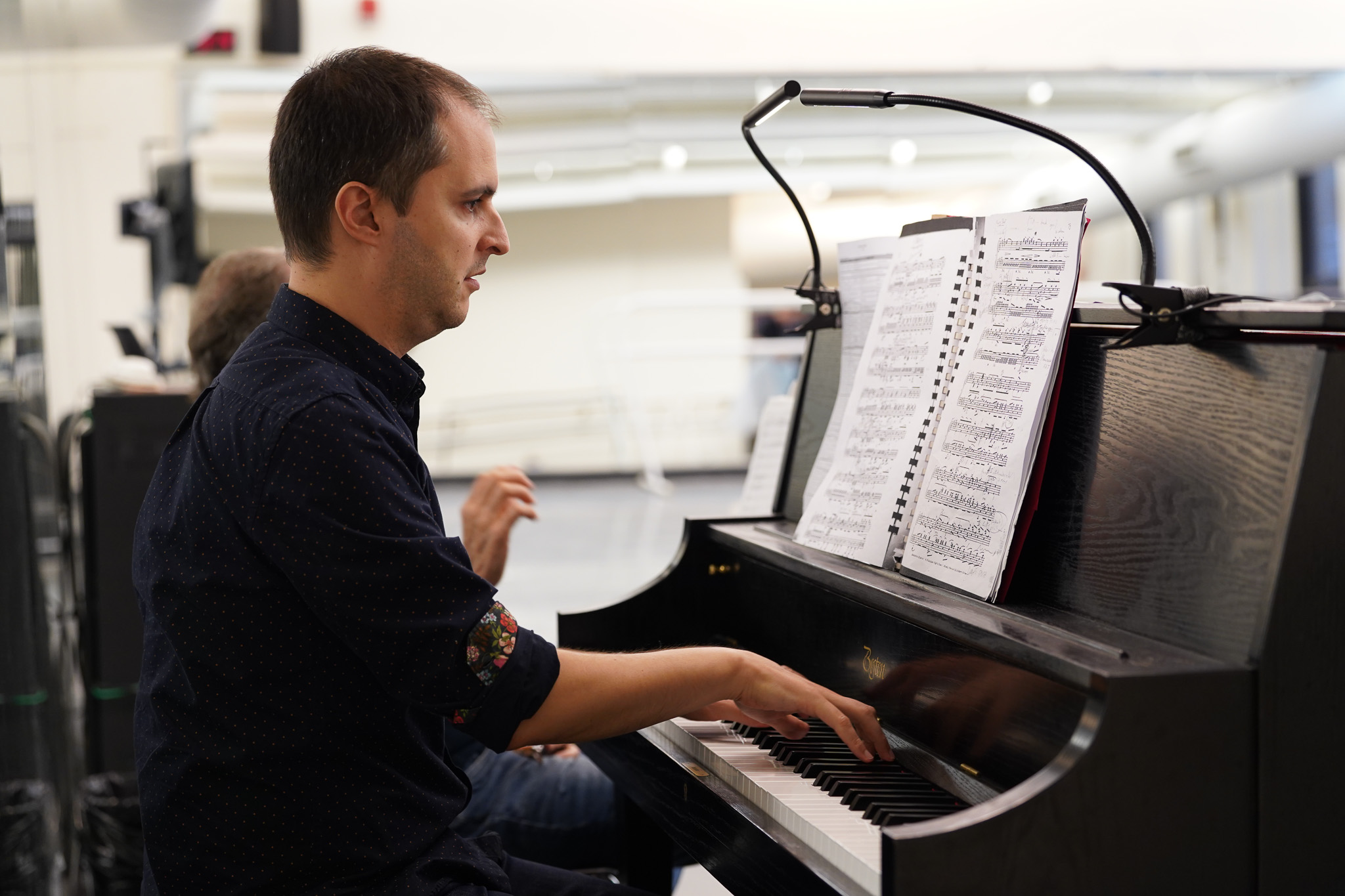March 22, 2024
Anabel Katsnelson
2024 Jennifer Alexander Dancer
When the curtain closes, dancers are no longer recognized by the character they play but by the kind of person they are off stage. In the rehearsal rooms they are leaders who strive to uplift and support their fellow dancers. Outside the studio, they are individuals who want to make the world a better place by being role models for future dancers.
Every year, American Ballet Theatre recognizes a senior female corps de ballet member in memory of former dancer Jennifer Alexander, who embodied what it meant to be a leader on and off stage. Anabel Katsnelson continues Alexander’s legacy by being named this year’s Jennifer Alexander Dancer for her dedication and perseverance to her art form, the Company, and her community.
The Jennifer Alexander Dancer embodies the professionalism, perseverance, and generosity that Jennifer Alexander showed as a corps of ballet member until a devastating car accident claimed her life in December 2007. The Memorial Fund was established in 2008 to honor Alexander’s memory and dedication to the Company.
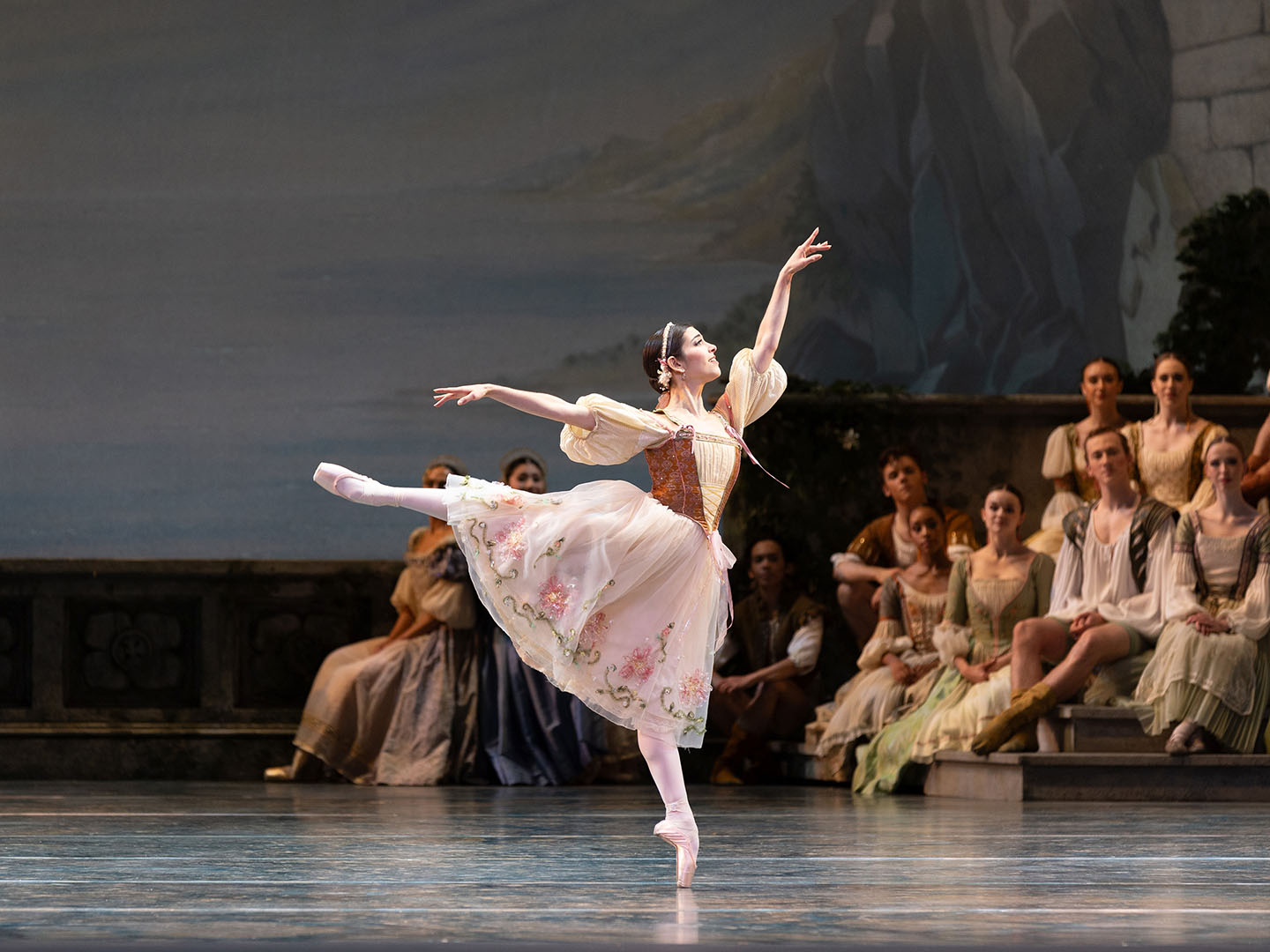
Similar to many women who have held the title of Jennifer Alexander Dancer, Katsnelson knew she was destined to be on stage at a young age. As her passion for ballet grew, Anabel began to follow the career of a number of professional ballet dancers, including former American Ballet Theatre Principal Dancer Alessandra Ferri.
Anabel describes her admiration for Alessandra, saying, “I love how effortless she is onstage, and how she can carry a story so beautifully through her body language and movement quality.” Being able to look up to Alessandra guided Anabel to the Company. After attending the American Ballet Summer Intensive, Anabel joined ABT Studio Company in 2016 and became a corps of ballet member in the summer of 2017.
Being a dancer at ABT is like being a part of a family. All the dancers support each other, and within the corps there is this sense of unity and camaraderie that is unlike any other company I’ve seen.”
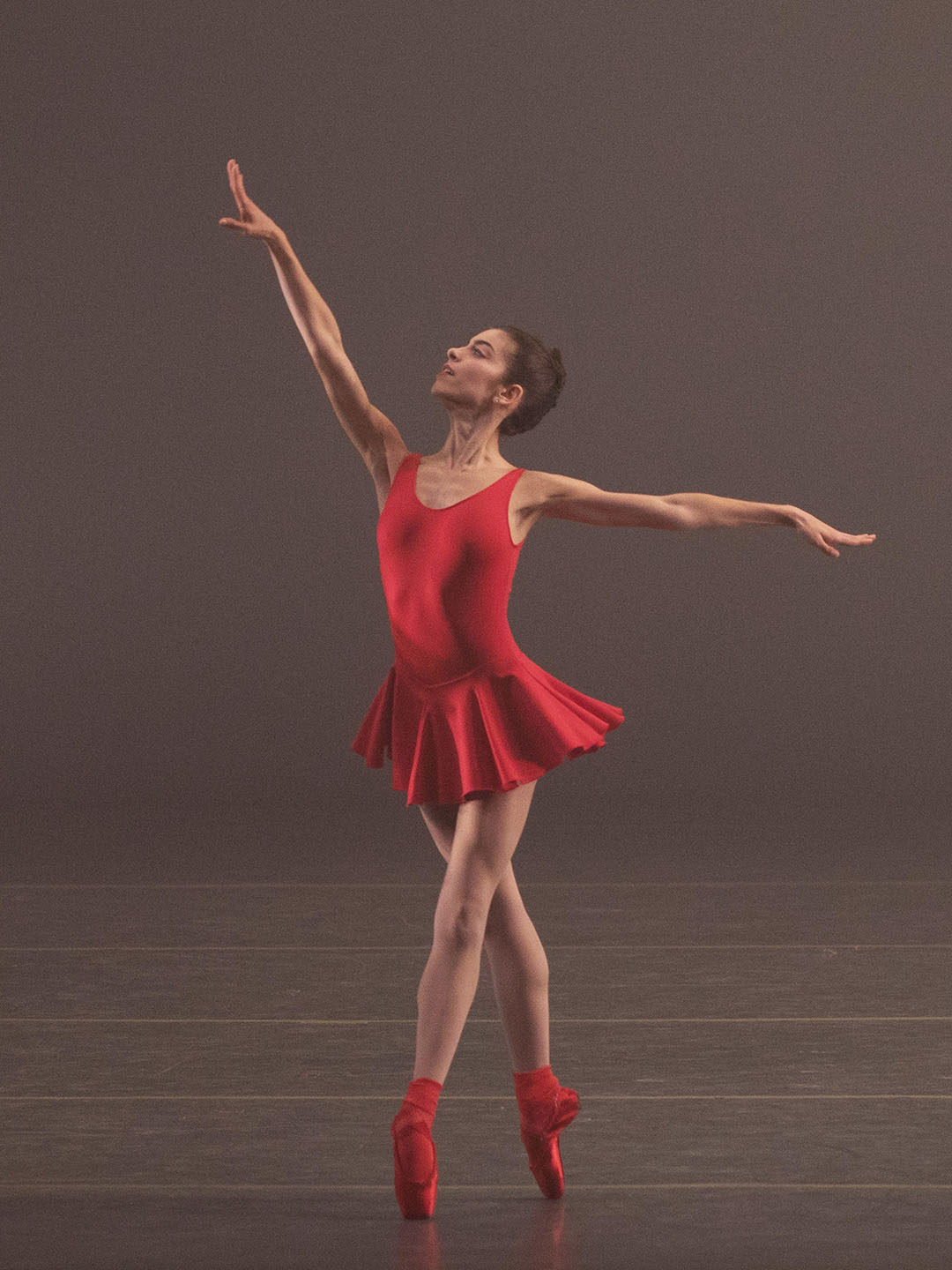
As a member of the corps de ballet, Anabel recalls her favorite moment as performing Twyla Tharp’s “Bomb Squad” from In the Upper Room. Anabel speaks fondly on the performance by saying, “Something about the Phillip Glass music, the smoke onstage, and the bombastic movement made the experience of performing so exhilarating. We were so well rehearsed that it truly felt like an out-of-body experience… I could totally ‘let go’ onstage!”
Anabel continues her leadership off stage as she offers advice to the next generation of aspiring dancers. She wants to remind dancers of the importance of having role models but trusting their own journey. Anabel states,
“It sounds cliché but my advice would be to stop comparing yourself to other dancers. Everyone is on their own path! I like to think that when I’m watching someone dance it should be informative or inspiring, but never negative or self-deprecating. While it’s something I am still working on, I’ve learned that negative self-talk only stifles the growing process.”
Anabel Katsnelson’s leadership on and off stage and her dedication to being a role model is a wonderful reminder of Jennifer Alexander’s spirit and love that she had for American Ballet Theatre. She carries this title with the respect and grace that it deserves.
The writer, Camron Wright, is the Press Intern for Spring 2024.

